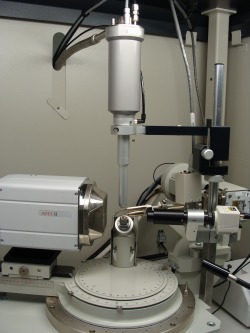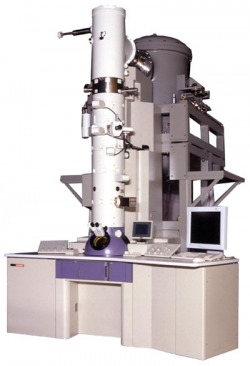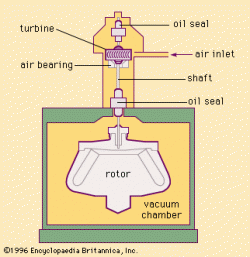Virology
Detection, Identification and Diagnosis of viruses
Physical methods
1) X-ray crystallography
2) Electron microscopy (EM)
2) Electron microscopy (EM)
- Transmission EM
- Scanning EM
- Purification of viruses
X-ray crystallography

X-ray crystallography is a method of determining the arrangement of atoms within a crystal, in which a beam of X-raysstrikes a crystal and diffracts into many specific directions. From the angles and intensities of these diffracted beams, acrystallographer can produce a three-dimensional picture of the density of electrons within the crystal. From this electron density, the mean positions of the atoms in the crystal can be determined, as well as their chemical bonds, their disorderand various other information.
Electron microscopy (EM)

An electron microscope is a type of microscope that produces an electronically-magnified image of a specimen for detailed observation. The electron microscope (EM) uses a particle beam of electrons to illuminate the specimen and create a magnified image of it. The microscope has a greater resolving power (magnification) than a light-powered optical microscope, because it uses electrons that have wavelengths about 100,000 times shorter than visible light (photons), and can achieve magnifications of up to 1,000,000x, whereas light microscopes are limited to 1000x magnification.
Ultracentrifugation

Ultracentrifugation has assumed growing importance in virus diagnosis as a technique by which to concentrate and purify viruses for immediacy diagnosis on the basis of electron microscopy as well as for purely virological and serological tests. Ultracentrifugation has proved to be helpful for sizeable improvement of sensitivity for detection, which, in turn, has been conducive to time saving. The preparational ultracentrifuge enables also direct diagnosis by determination of isodensities and sedimentation coefficients of viruses and their components. Examples are mentioned, in that context, such as FMD virus, virus of vesicular swine disease, virus of larynx papillomatosis of man, and goose influenza virus. An account is given of isodensities and sedimentation coefficients of animal viruses.
